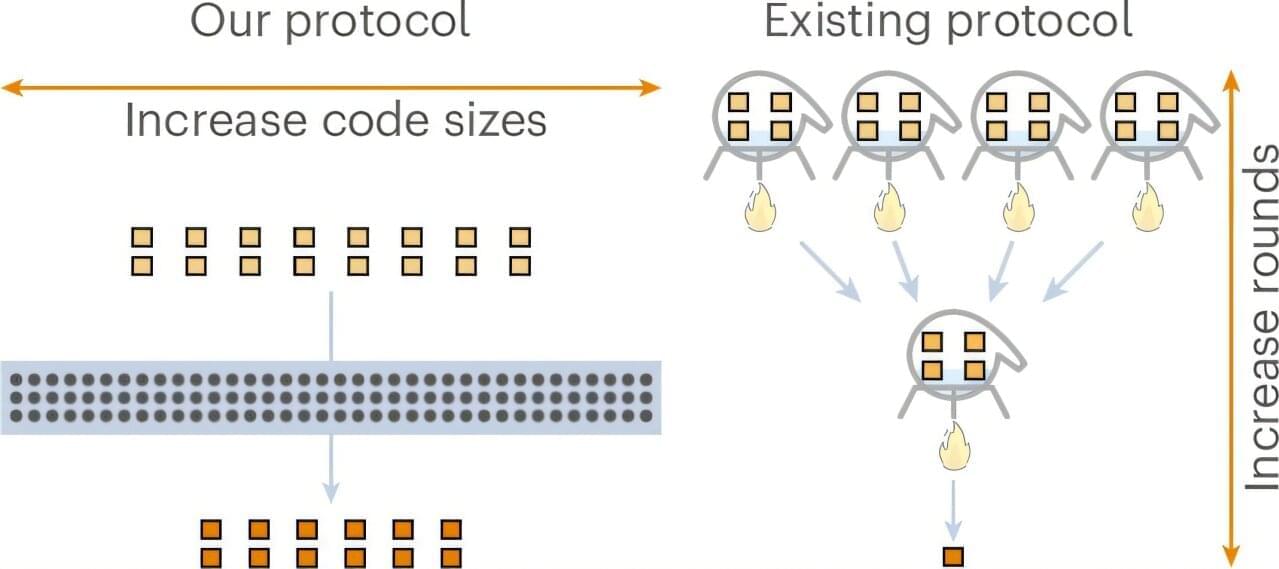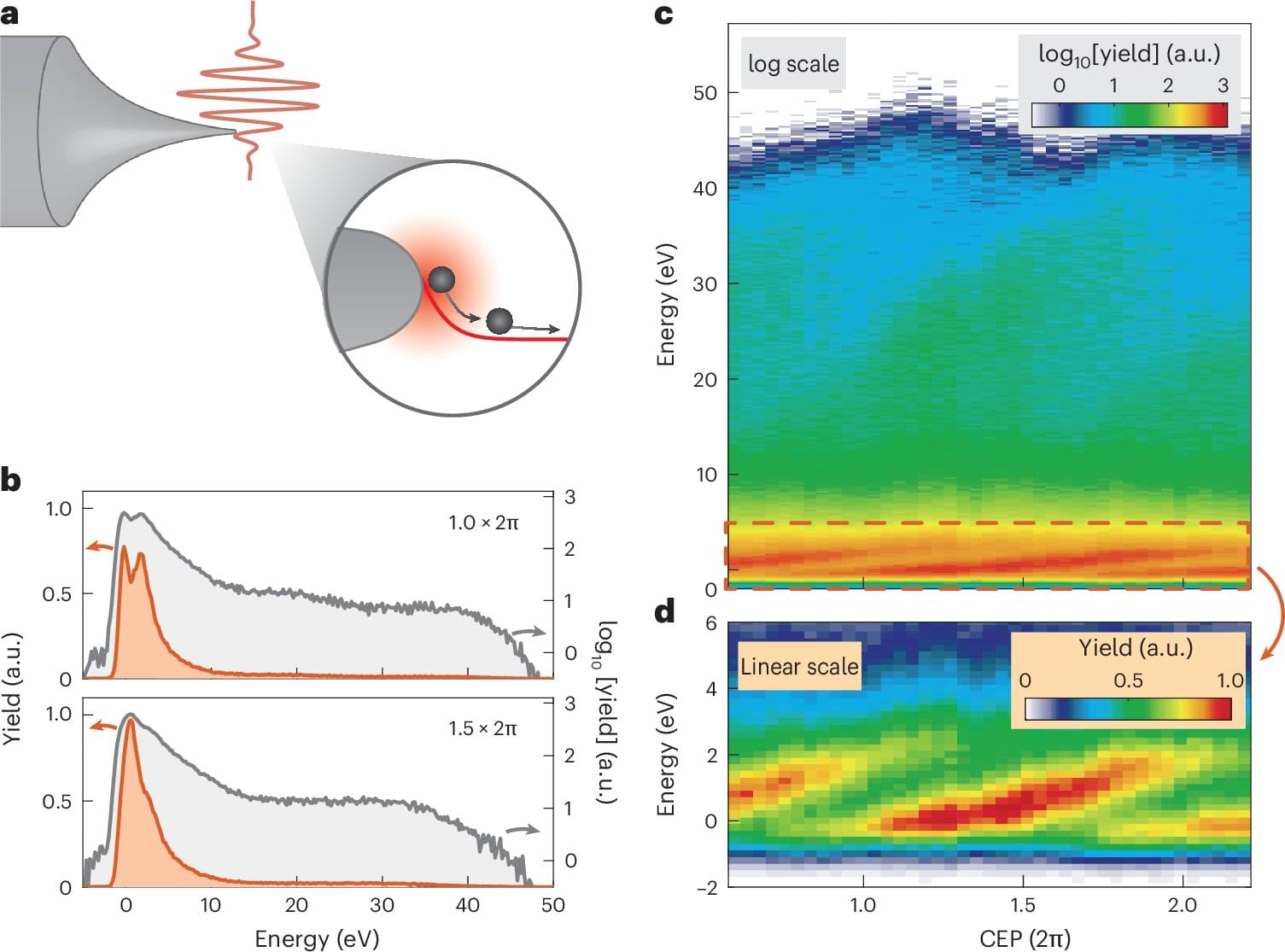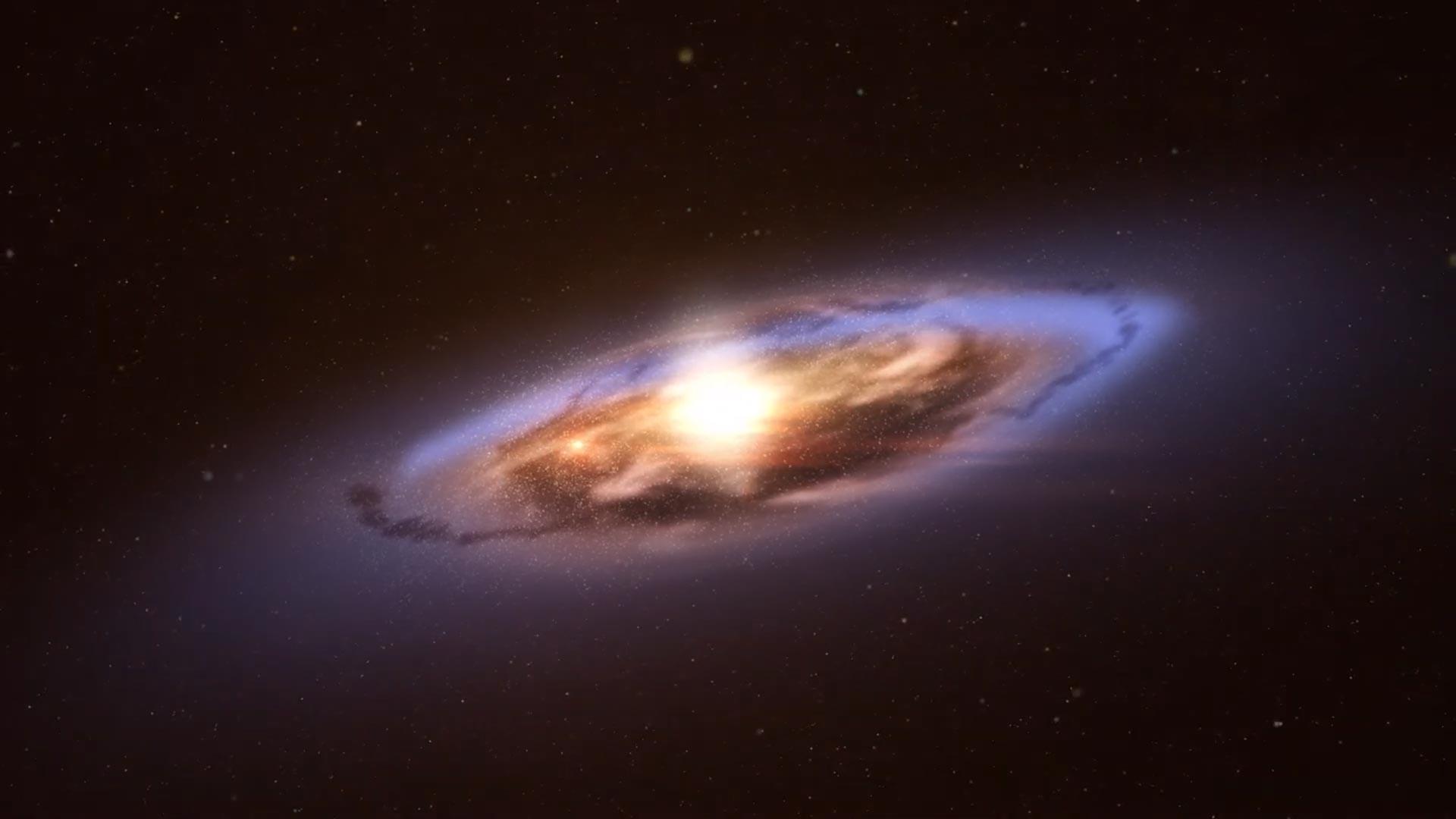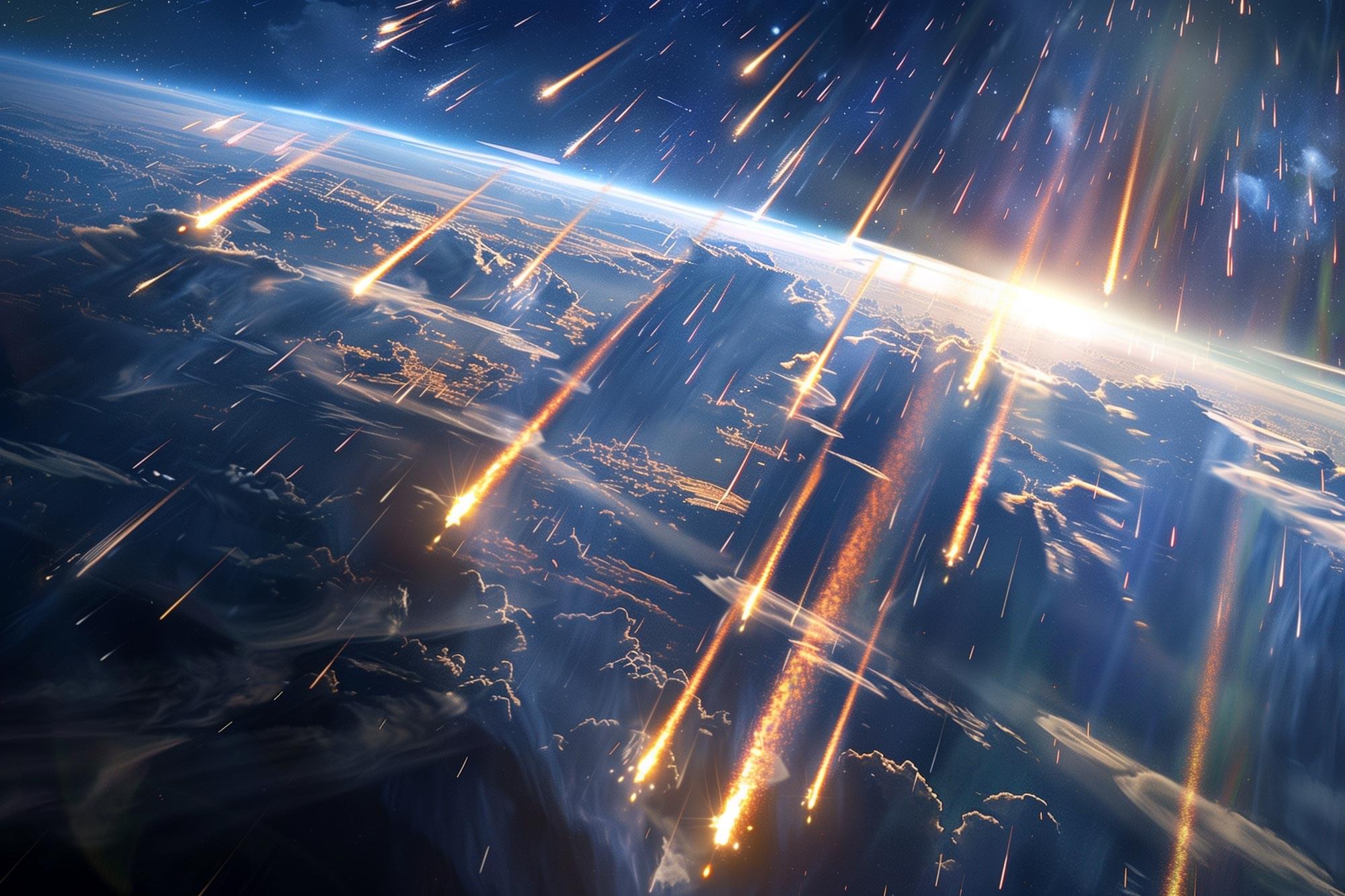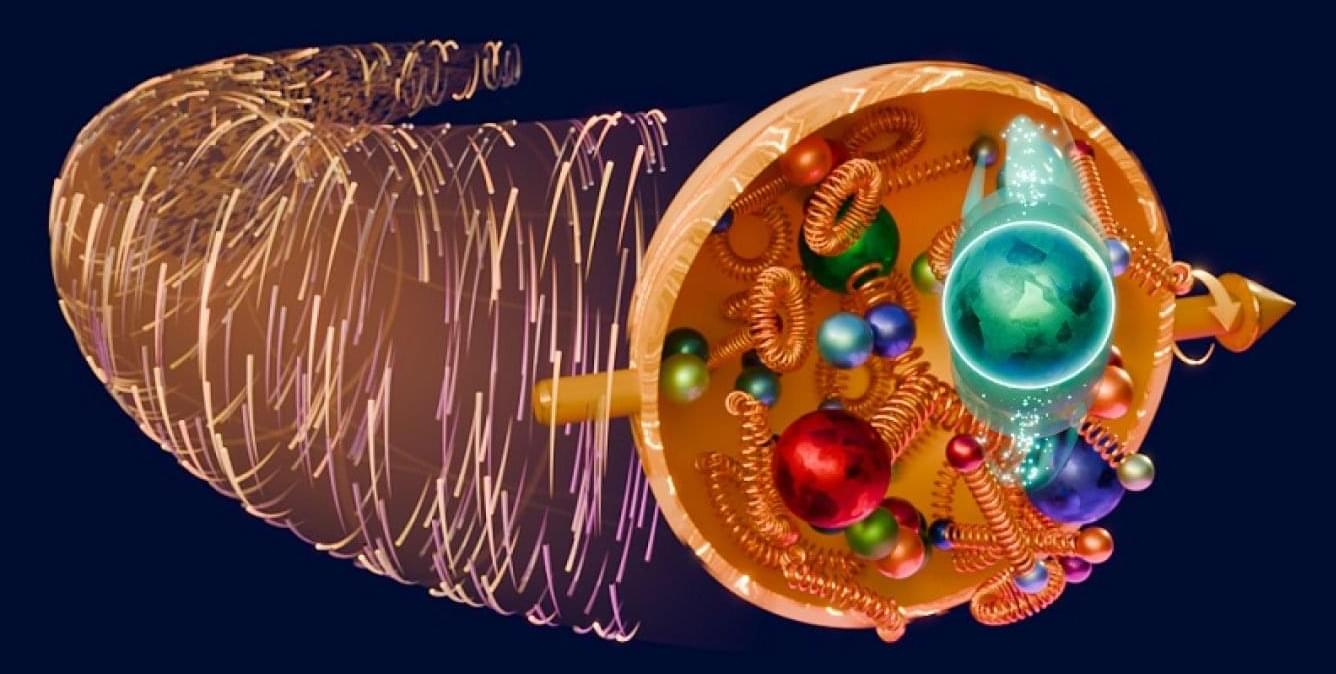Mayo Clinic researchers have developed a new tool that can estimate a person’s risk of developing memory and thinking problems associated with Alzheimer’s disease years before symptoms appear.
The research, published in The Lancet Neurology, builds on decades of data from the Mayo Clinic Study of Aging—one of the world’s most comprehensive population-based studies of brain health.
The study found that women have a higher lifetime risk than men of developing dementia and mild cognitive impairment (MCI), a transitional stage between healthy aging and dementia that often affects quality of life but still allows people to live independently. Men and women with the common genetic variant, APOE ε4, also have a higher lifetime risk.




